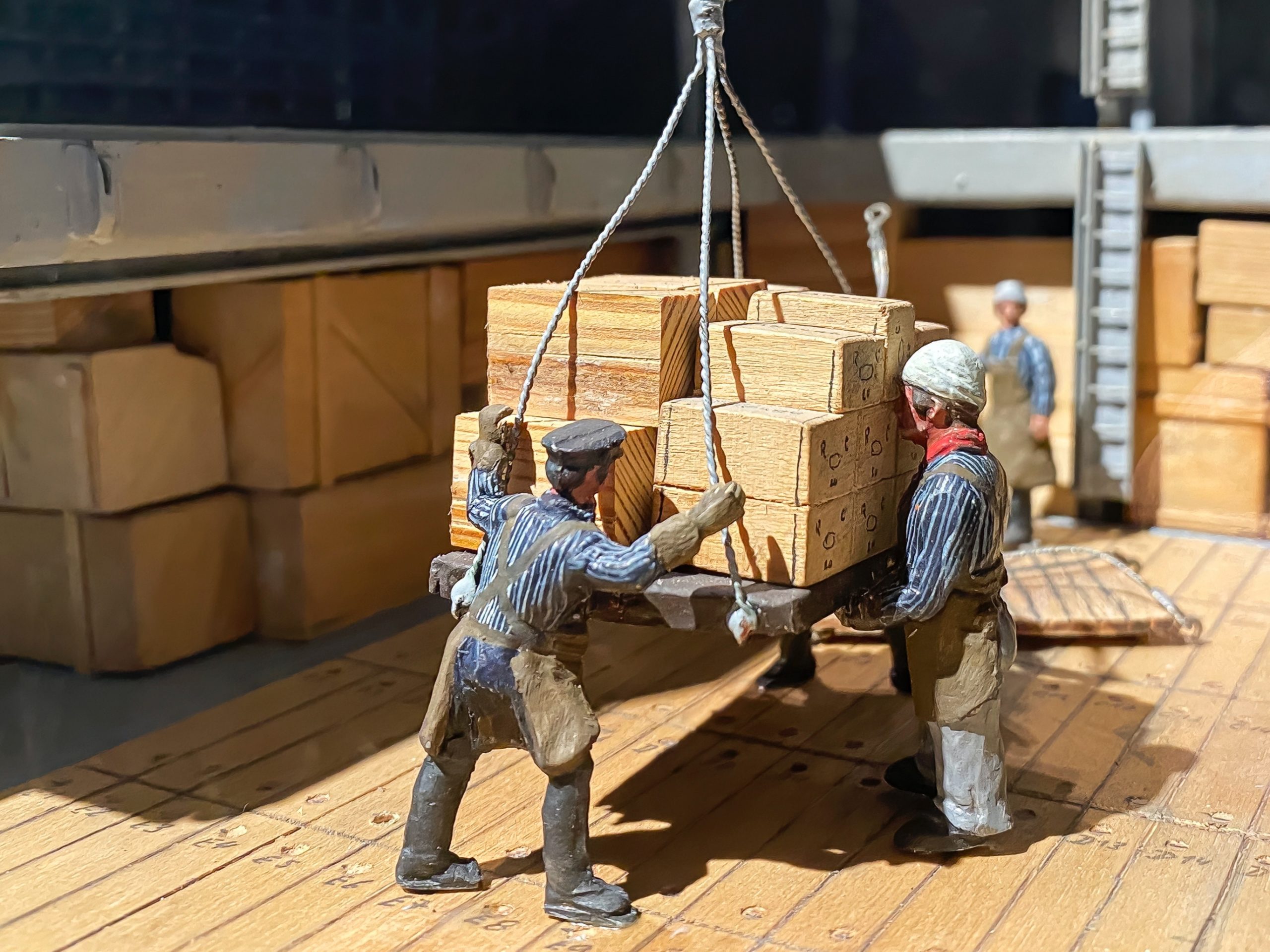Lay days and lay time are frequently used terms in the realm of commercial shipping, and they are often conflated, leading to confusion. While both concepts revolve around the management of time for loading and unloading cargo, it’s crucial to recognize the fundamental distinction between the two.
Laydays can be described as the specific days set aside within a ship’s voyage schedule to accommodate the processes of cargo loading and unloading. Laydays represent the precise timeframe within which a ship must arrive at the designated location for cargo operations.
The determination of laydays hinges on factors such as the nature and volume of the cargo involved. Larger shipments may necessitate the allocation of several laydays, a detail typically outlined in the shipping contract. In the event that a ship fails to meet the charterer’s specified laydays, it may incur penalties or fines.
Laydays are meticulously planned in advance to ensure that all necessary operations are conducted within the prescribed timeframe. These timeframes can be categorized in various ways:
- Running days: Encompasses consecutive days, including weekends and holidays.
- Working days: Encompasses consecutive days but excludes weekends and holidays.
- Weather working days: Encompasses days on which weather conditions permit uninterrupted cargo loading and unloading.

Laytime, on the other hand, refers to the duration of time allocated to a ship in a voyage charter for the purposes of loading and unloading cargo at a specific port. If a ship surpasses this allotted time and remains at the port for an extended period, it incurs demurrage fees or fines, which are typically paid by the charterer to the ship owner.
These fines are a result of the charterer’s desire to utilize the ship for a longer duration than initially agreed upon. Conversely, if the charterer requires less time than the predetermined lay time, the ship owner may be obligated to compensate the charterer accordingly. These terms are typically established and governed by the charter party, which comprehensively outlines the entire process.
Additionally, port authorities may specify their own laytime limits and impose charges on ships that exceed their allotted laytime.





